Photoshop vs Post Processing – Do I want the RAW files?
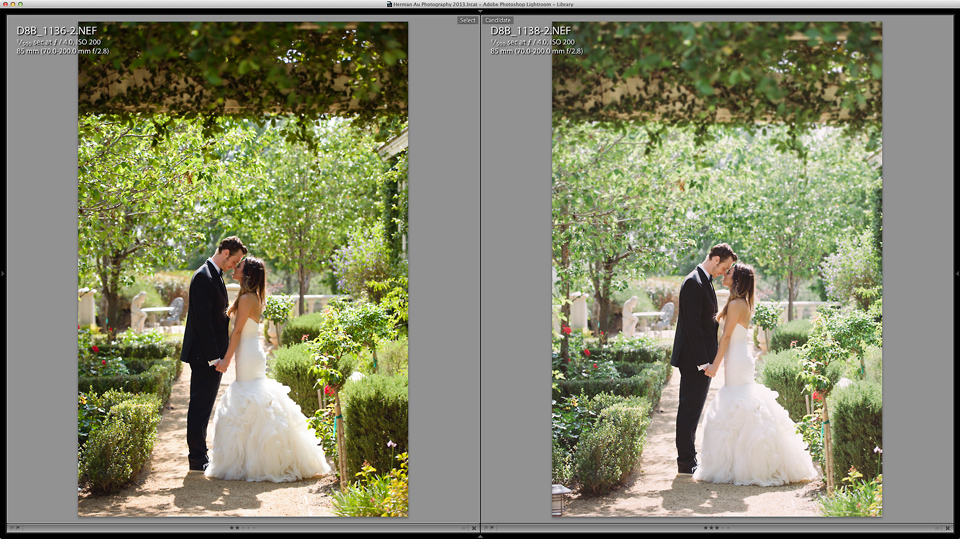
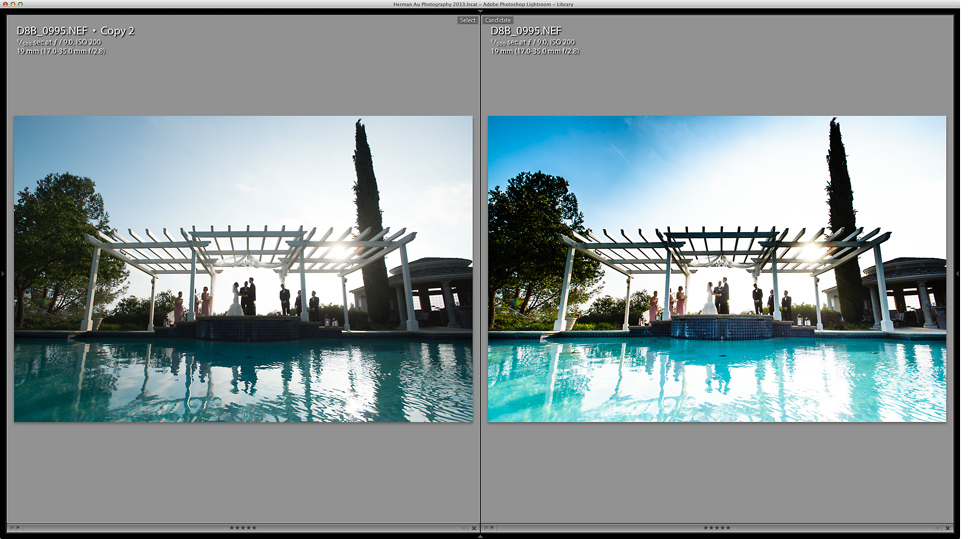 “Do you Photoshop your pictures?”
“Do you Photoshop your pictures?”
If I get a penny every time I hear that question I’d probably have become a millionaire by now.
I can certainly understand those who ask this question, and I can honestly tell you that this is also one of the most frustrating thing for photographers to explain to their clients. Ask any photographer and they will probably give you a different version of a similar answer, and if you ever dig any deeper you’ll never ever get that “yes” or “no” answer that you had hoped for.
Then what is it really? Do you photoshop your pictures or not then, one might ask.
What makes the matter worse, is that if you google the term photoshop and you’ll probably end up hitting this article on Adobe’s trademark page and it states the following:
Trademarks are not verbs.
Correct: The image was enhanced using Adobe® Photoshop® software.
Incorrect: The image was photoshopped.
Wait a minute… so we’ve all been using the term “photoshop” wrong then?
“Photoshop”, loosely applied
Trademarks and formality aside, let’s talk about the very definition of the verb photoshop, the very core of the issue why there’s this awkward discrepancy among us when we use that term.
On one hand we have something like this – Photoshop makes anything possible, where it clearly demonstrates that Photoshop can do anything, almost… and on the other hand you’ll often find Photoshop gone wrong like this everywhere – 9 Photoshop Fails; and if that doesn’t make it confusing enough, you would also find a ton of images like this on the Internet where you have a classic case of the right tools landing in the hands of the wrong people.
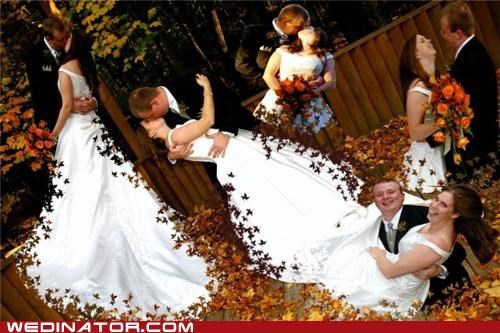
images source: http://cheezburger.com/4989628928
Also check out what happens when some guy asked the Internet for help with Photoshop:
http://aplus.com/a/this-guy-asked-the-internet-for-photoshop-help-that-was-a-mistake
Do I want my photographer to photoshop or not then?
The short answer is “it depends”.
The long answer is that there simply isn’t a right answer. Simply because every photographer works differently. Some photographers claims that they photoshop everything, and those are most likely photographers who do not deal with a large amount of images. Wedding photographers deal with easily 1,000+ images on any given assignment, and to simply open every single file and close them in photoshop and do absolutely nothing to them could take up an hour or two, let alone doing any forms of adjustments.
Some wedding photographers actually use Photoshop in a lot of their work because that’s just the style that they employ, and on the other hand there are also those who strictly don’t use Photoshop at all to try to achieve a more organic look. The photographers are actually do photoshop everything are most likely portrait photographers where they want anything and everything to perfection; or landscape photographers who strive to achieve perfection in their masterpiece; or even the photographers who shoot for advertising purposes where any imperfection is blown up to a large scale where it can be seen from a mile away.
So does that mean wedding photographers do not photoshop then?
The short answer is again, it depends.
This becomes a personal preference to how the photographer works. There are actually more than 1 tool out there that photographers use to adjust their images. Even thou by “photoshop”, one usually means some sort of digital enhancement, the very definition of the degree of adjustment and what to really adjust varies vastly from person to person depending what they are really referring to. There simply is no clear yard stick to measure what anyone means by “photoshop”, let alone that the term “photoshop” according to Adobe is not a verb to begin with!
In reality, what you really want to ask is how a photographer processes the images and what they do to them. You may really want to get a little bit technical in finding your answer and see if they actually do color correction, or removing objects, correct perspectives, add/remove people, cosmetic changes like slimming down the arm, digital manipulation like film effects or HDR, etc.
The truth is, if you are hiring a professional to do your wedding, it never really hurts to arm yourself with more knowledge and ask a few more questions about how they treat their images.
“Alright… so how do you treat your images?”
Now we’re talking… That’s probably the best way to ask your question and to really find the answer you hoped for.
For me, I use Lightroom about 90% of the time, Photoshop 5%, and other programs makes up for the remaining 5% of my work flow in adjusting my photographs.
The above image is probably good example of what we do. Most images taken are actually a little flat by nature, and they need to be processed to really bring out the beauty in them. We do not like digitally manipulating the image to turn them into what they’re not meant to be. We’d rather make constructive adjustments that make them look like what they’re supposed to. And in the above example we have mostly adjusted exposure, fine tuned the white balance, and very subtly we have corrected the perspective slightly so the lines are straight. Every single little thing adds to the result of the final image and a lot of times it’s very subtle.
What we could have also done was to remove that phone on the table that looks a little blue to make it look cleaner, but for the most part if it’s a real big eyesore we would have either shot it differently or removed them when we took the image in the first place instead of relying in editing afterwards to clean up. But because of the sheer amount of images we take and also sometimes we’re also trying to follow a schedule, which makes it difficult to be that particular on every single image. As a result we usually only be that meticulous about every single detail on the beauty shots and wedding portraits.
“Do you also give me the RAW files?”
Do you really want the RAW files?
Every camera manufacturer makes their own proprietary RAW files in different file format – Nikon goes with .NEF files, Canon has their .CRW, Sony has .ARW, and the list goes on and on. Most computers do not come with an image viewer that can decode them, and also note that none of the adjustments that we do actually retain in the RAW files. The changes are actually done in Lightroom or Photoshop and the RAW files remain their original state so most people will not only have trouble opening them in the first place, but it also serves really no particularly good purpose.
We shoot RAW files and also keep them that way because it gives us the flexibility to make further adjustments without losing details, and it also allows us to store precisely what the sensor captured. However RAW files are not the easiest file types to handle; they’re typically very big in terms of file size; and since there are so many types of RAW files they’re not the most portable files to pass on the strangers as well.
And since most people don’t even know how to treat them properly and we have no control of how they come out once we give the RAW files, we do not just send you the RAW without finishing our job; we actually spend the time to make all the appropriate adjustments, export the adjusted files to a more portable jpeg format, and size them properly so it’s both easier to handle and large enough to print before we give them to you.
To clarify, if indeed you get the RAW files from us, or any photographers for that matter; and if you do have the right programs to open the RAW files, you would end up seeing the image on the left and not the right since all the adjustments we make are applied onto the final output jpg files and we cannot apply the changes to the RAW. Confusing? maybe a little bit, but if you’re old enough to live a part of your life in the film era, think of the RAW format as the analog film that photographers used. Having the film doesn’t mean that you can reproduce the final image that they print, because a lot of the work is actually done in the dark room behind the scene. Taking the film to a local photo lab doesn’t mean you can reproduce the same results as the photographer did in the dark room. Make sense? :) The entire scenario is pretty much the same except we’re now doing it with programs like Lightroom, Photoshop, etc.
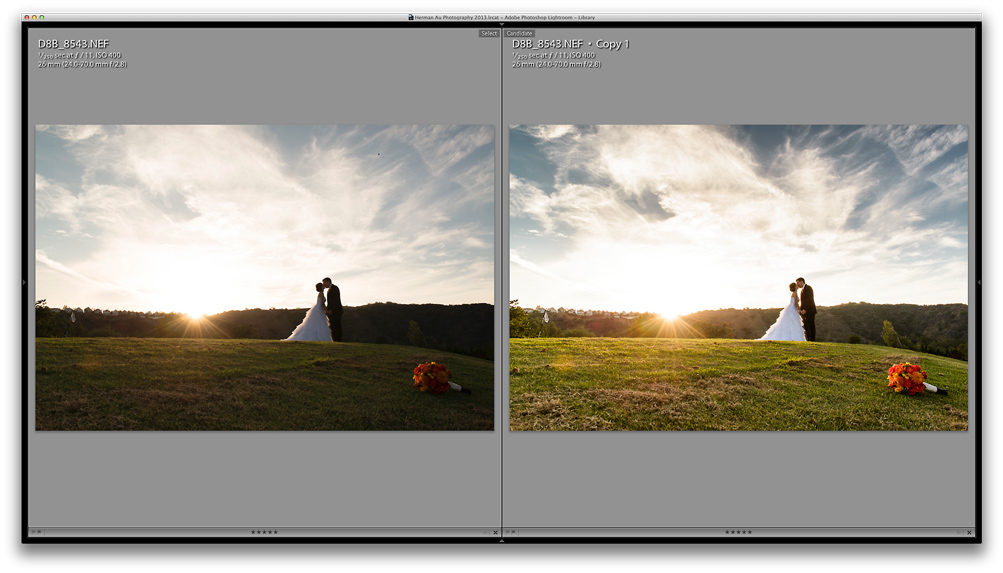
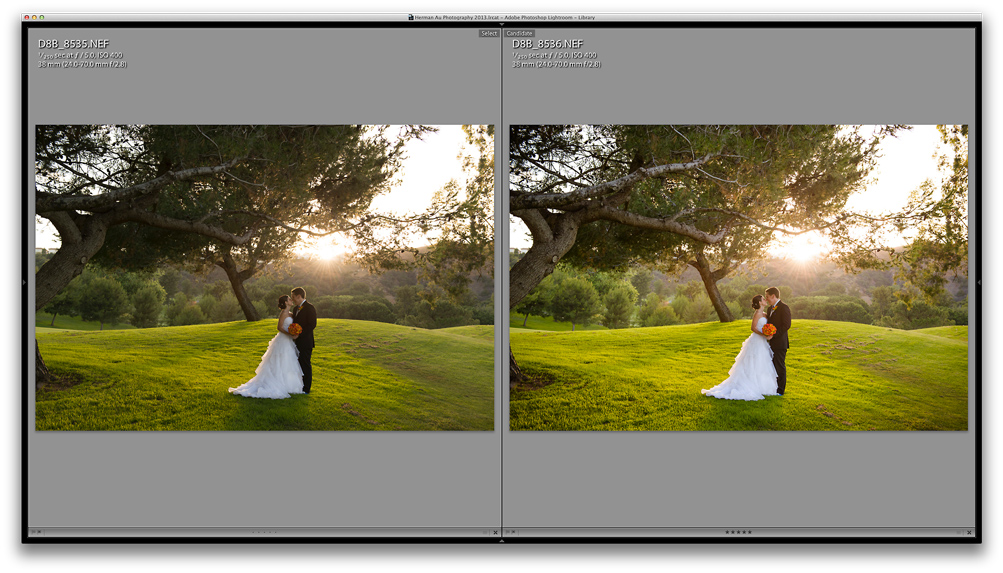 Here we got a couple other examples to show how these very subtle but careful adjustments that we do really bring out the beauty in the shots.
Here we got a couple other examples to show how these very subtle but careful adjustments that we do really bring out the beauty in the shots.

One final note
The final type of files that we may treat differently are the ones with additional treatments or effects where we not only give you the original post processed file, but may also contain some type of color treatment, black and white treatment, or other additional work to the images since we feel like they’re meant to be that way. After all we’d like to consider ourselves artists and certain images have a special place in our hearts and we almost feel obligated to get it done the way we want. And for us we would give you both versions so you get the best of both worlds.
I know it’s been a very lengthy article but I really hope this helps clarify one of the most confused aspects of work not only for our current and future couples, but for everyone out there who plan on hiring a professional as well.
Questions? Comments? Please feel free to ask and share! :)




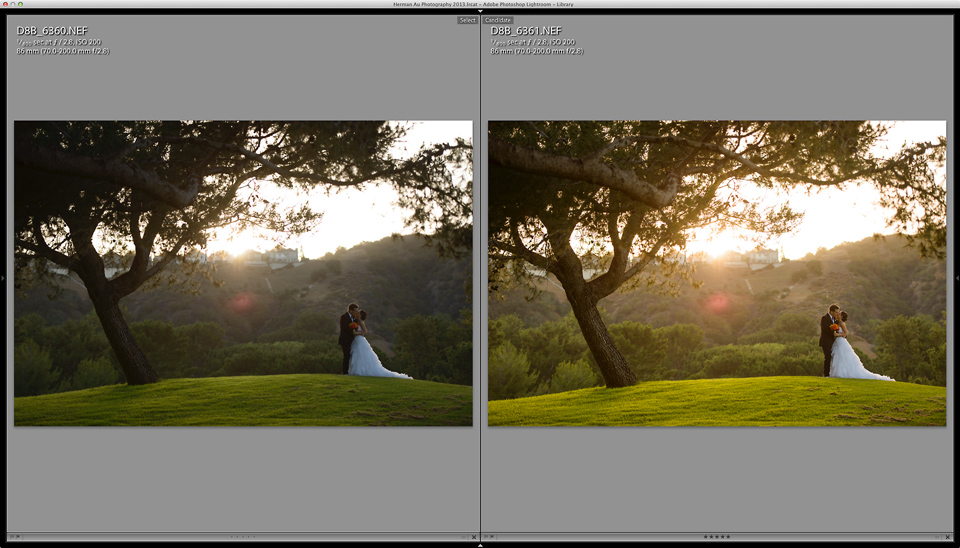
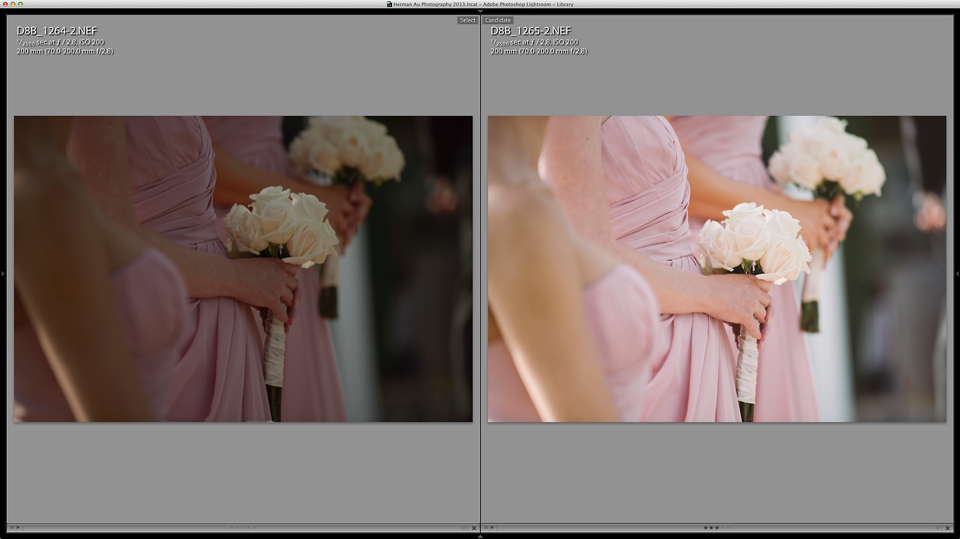
That was a fun read, Herman! :)
Great article Herman :)